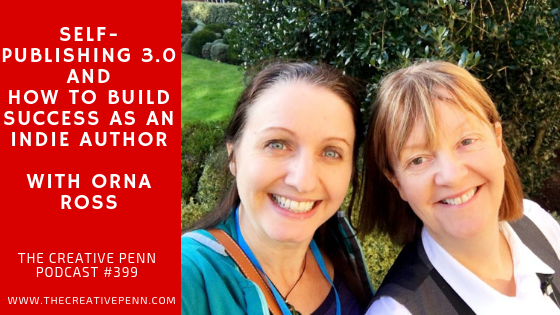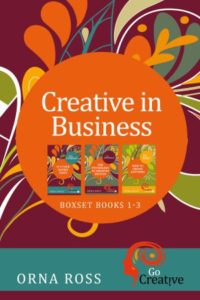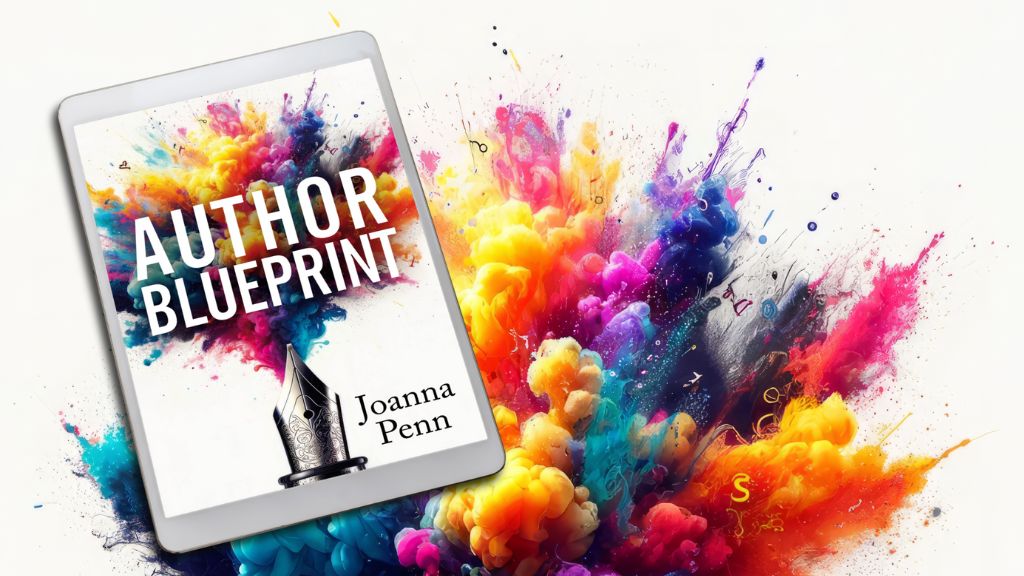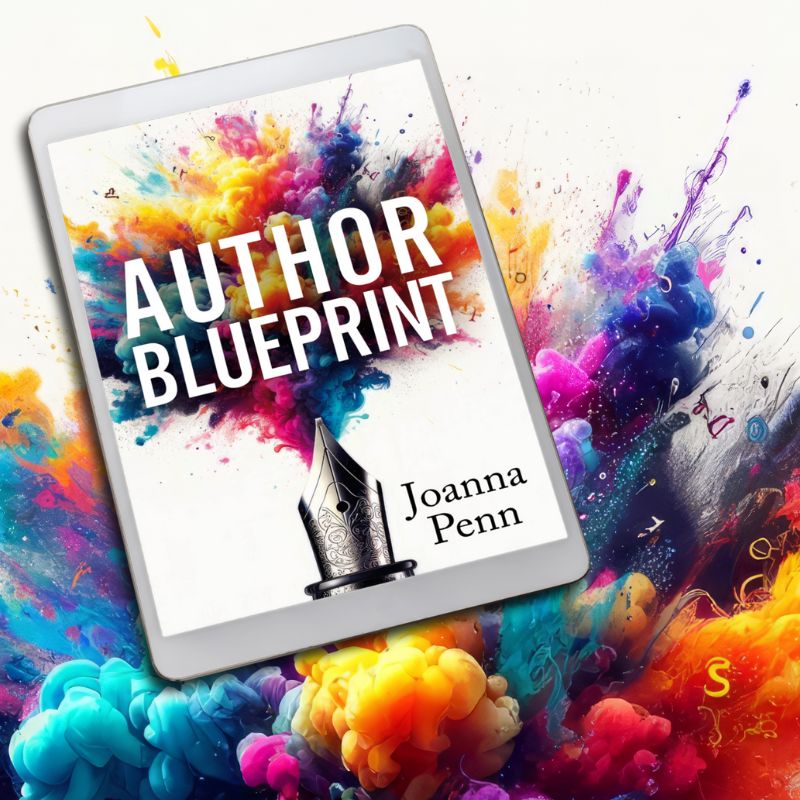Podcast: Download (Duration: 36:21 — 29.9MB)
Subscribe: Spotify | TuneIn | RSS | More
It's an exciting time for authors who want to take control of their creative business and explore the many opportunities we have to get our books into the hands of readers – and make a living from our writing.

Orna Ross is a poet, novelist, non-fiction writer, creative coach, professional speaker, and founder of the Alliance of Independent Authors. She's also my friend and creative mentor.
Orna and I do a monthly Advanced Self-Publishing Salon on the ALLi podcast feed.
Show notes:
- What is an independent author?
- Why you're in business from the day you self-publish your first book
What is Self-Publishing 3.0 and the history of the movement from the 1990s onwards
- What does it take to be a success in this new world as an indie author?
- Step by step, book by book, asset by asset
- Why you need multiple streams of income
- The maker, the manager, the entrepreneur – you need to be all three
- 7 stages of the creative process – and how it can be used for business
- 7 parts of the publishing process
- 7 business models for authors – more detail here. [Note from Joanna: I use several of these models in my own business!]
- The sequence of success
You can find Orna at www.OrnaRoss.com and the Alliance of Independent Author's blog at www.SelfPublishingAdvice.org.
Transcript of Orna's talk
My name is Orna Ross and I’m here today to talk about Self Publishing 3.0 and about running a successful author business.
So just a little bit about me. I run the Alliance of Independent Authors but I am an author myself. I write poetry. I write fiction and I write nonfiction guides for today’s self-publishing author and also for creative entrepreneurs, people who run passion-based businesses. Online, digital micro business.
In 2012, the Alliance of Independent Authors was founded at London Book Fair to represent self-publishers in the publishing ecosystem. Things were a little bit different than they are now and I am really pleased at what has happened in the meantime and this wonderful conference is very much part of that. It’s great to see so many authors here and to have conversations with other publishing professionals who are really interested in what authors are doing and seeing just how pioneering and innovative we are these days.
“What is an independent author?”
What is Self-Publishing 3.0?
After that, it was the late 1990s before we got the next tech wave that really made a difference to us: desktop publishing. Anyone remember that? Alongside that, print-on-demand. A lot of authors took to that instantly, seeing the potential.
Of course, the revolution was ten years ago when Amazon Kindle combined an ebookstore and ereader and a really innovative publishing model for authors and in that moment, everything changed. Other services like Kobo and Apple books quickly followed in and it really has changed everything. Authors just went on the creative ride of their lives.
It’s been a real privilege and a complete honor for me to be part of the Alliance and to watch every day what authors do for each other: how we support each other, how we learn from each other, how we warn each other, it’s just a really great place to be. It’s gone from being the most lonely job in the world–you know, talking to your imaginary friends, if you’re a fiction writer, or banging out some facts that you don’t know if they’ll ever mean anything to anybody else if you’re a nonfiction writer–It’s gone from that to being probably the most social job in the world, as we pour out our angst to each other on Facebook, or where ever.
What does it take to be a success in this new world as an indie author?
So there is creative success, but today I’m going to be talking about commercial success and the pleasure, yes, of being an indie is amazing, but today it’s about how we turn a profit, how we can earn a living doing this thing that we love.
Step by step, book by book, asset by asset.
The maker, the manager, and the entrepreneur. You need to be all three.
7 stages of the creative process
So, let’s just very quickly whiz through what it takes to go through the creative process. There are seven stages.
First: intention, incubation and investigation. So the writer will be going through all of this, then formation, elaboration, and then clarification–which is editing–and completion. I mention this because we will come back to it.
We understand these seven stages as the maker, as the writer. The suggestion that I want to make here today is that we take that very same creative process and we apply it to our author business.
That we don’t see the business side of things as something that is separate from our creative process, from our mission, from our passion. That we actually integrate all of that so that we’re using this very same creative process on the business side. I would argue that if we want to succeed, this is essential.
Approaching our business with a conventional mindset, with the traditional hat on, is not going to work in the main for us.
7 parts of the publishing process
When somebody asks you, “Are you published?” if you’ve done the work and your editorial, design, production, distribution, marketing, promotion, rights licensing are really rocking, if you’ve done these processes well, you are published well. I think it’s really important for everyone in the publishing ecosystem to recognize and acknowledge that.
Business models for authors
The second model is multiple formats–not just ebooks but print and audio too–and on multiple platforms. Being wherever the reader is, and getting out there as much as you possibly can, often called “going wide” in the community.
Third is books-plus-speaking. So writing books but also doing information products and that can include video, audio. Often they’re called courses but in my understanding, they’re not really courses because they’re information, nobody’s teaching as such.
The fourth model is books-plus-teaching: when you do put supported learning in there.
The fifth is books with a membership model, a subscription model attached, where you bring your readers in close to you and they pay a little bit more to have access to something you offer that they value.
Number six is books alongside sponsorship or patronage. We talked a lot the other day about Patreon and there are other ways that you can bring in people who really value what you do.
It’s all about values and we’ll be looking at that in a moment but the readers who really value what you do will actually pay for some other kind of access or information or inspiration or, you know, whatever it is that you are bringing, whatever it is that you offer, whether you’re an entertainer, an inspirer or an informer, somebody who is passing on knowledge.
The sequence of success for authors
I think of this in terms of passion and mission, I talk a lot about that and a kind of a mashup of passion and mission which I call “mashion.” It’s really worth spending a lot of time thinking about this and understanding this as an author. I was talking to Kathy Meis at lunchtime who runs a great service, I’m sure lots of you know called Bublish about this, about what an integral part of, what an important part of, the author journey this is. When this clicks, then a lot is right. It doesn’t solve everything, you’ve still got work to do, there are another six stages here. But until you have this, is not a lot of point in putting money into marketing.



Some serious points an otherwise seemingly a brilliant Interview/Article indeed:
1. POD is risky as we know any Book-in-Print has no DRM. The Torrents websites could scan them up into a PDF file and then share it for FREE over the world wide web.
2 . If Audio-book is aimed, why not a Video-book too? It’s the age of YouTube & Vimeo etc. Even in google image search, these days the Video images dominate effectively making the “Image” option in the search engine a Video option too via hyperlinks.
3. There is no hard & fast rule that the Author business model has to have 7 steps! 7 may be a popular number only in the English-language countries. And that might be what’s exactly creating this Illusory idea of having to have 7 steps. It could perhaps be 8 steps in the Non-English world of E-books.
Hi Nirupam,
(1) Most indies don’t agree with DRM anyway and we also just ignore pirates and get on with selling to readers who want to support creatives.
(2) A video book is more like a film, right?! Most authors aren’t so keen on video, but of course, if you are, then go for it.
(3) Agreed, it’s just a framework
Thanks for your comment, Nirupam. It drove me to find out what DRM is and to find this persuasive and comprehensive article on Joanna’s website https://www.thecreativepenn.com/2017/02/23/piracy/
Hi Wonderful Joanna and Wonderful Orna,
Thank you so much for sharing the wonderful podcast. All authors who read and write for pleasure and profit will enjoy it.
God bless you, Wonderful Superstars, God bless your wonderful work, every day!!!
Jean Baptiste Rufatabahizi, Novelist
Will this book be published as a paperback?? Would love to purchase but not in ebook form.
Yes, Orna will be getting all her books out in paperback and hardback 🙂